A Guide To Watch Straps and Bracelets
Published: Sep 10, 2021
To many, choosing the right watch strap or bracelet may seem like a very small and insignificant part of purchasing a luxury wristwatch. If you share this view, you may be wrong. A luxury watch strap (whether a classic leather band, a NATO-style strap, a canvas band, a sporty rubber strap or a metal bracelet) plays an integral role in finishing a timepiece and creating the right look on the wrist.
Choosing a watch on a leather strap or a steel bracelet, for example, does not have to limit you to that one style of strap altogether, however. Many watch collectors choose to switch their watch straps up to create a different look on the wrist depending on the occasion or the attire in question. There are no hard and fast rules to wearing a particular strap on a wristwatch. Generally speaking, a material watch strap may give off a more “casual” vibe – a leather band a more classic look – a stainless steel bracelet will elevate a watch to more sophisticated heights. But adding a few different watch straps to your collection will certainly enable you to get more out of your favourite timepiece. Many luxury watches today come with integrated easy-to-change strap systems that enable the wearer to change his or her own strap without the use of expensive tools or requiring the skills of a professional. Here is a guide to some of the most popular watch straps and bracelets on the market, as well as some information on popular buckles and fastenings that may accompany them.
Leather straps;
Leather watch straps tend to be the most common type of strap for a watch. Just like the price brackets for watches on the market, the price of a leather strap can vary between affordable and expensive – the quality of the band and the type of leather materials, of course, is reflected in this price tag. Leather watch straps give off a very classic look. The advantage of wearing a leather watch strap is that your favourite timepiece can look stylish enough with casual attire at the weekend but dressy enough when paired with a suit. Alligator, ostrich, cow and other exotic leather straps all come under the leather watch strap section. There’s also a range of colours to choose from on the market, making leather watch bands the most versatile watch strap of all.
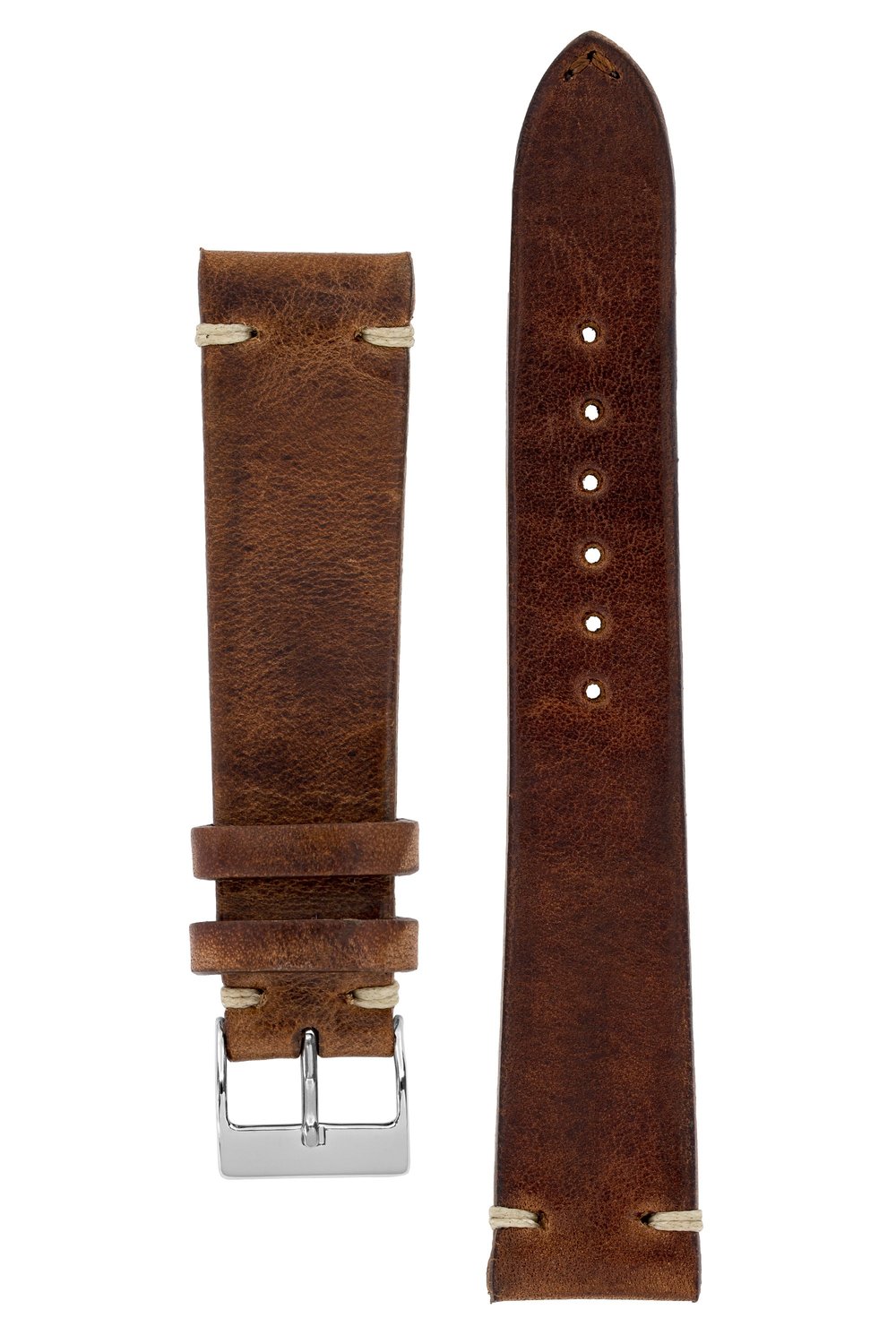
Metal bracelets:
Just like leather watch straps, metal bracelets for watches come in a variety of different materials and finishes. Stainless steel is the most common material used in a watch bracelet, however other more luxurious effects can be achieved with a rose gold or yellow gold PVD coating. The latter are also the more affordable kind compared to solid 18ct gold watch bracelets, which come in precious metals such as yellow gold, rose gold and white gold. There’s also lightweight titanium bracelets, carbon-coated bracelets and hypoallergenic ceramic bracelets – many of which create a more contemporary look. Metal watch bracelets come fitted with several kinds of clasps that can include the butterfly, folding, deployment and jewellery kind. We’ll talk about these a little later. Metal watch bracelets, as mentioned earlier, exude a very sophisticated look, so these are often the preferred choice for complimenting work attire and professional suits.
Mesh bracelets:
Mesh bracelets, like standard metal bracelets, come in several different finishes from solid gold to gold-coated, to stainless steel. These create a vintage-inspired finish and are often found on luxury pilot’s watches, GMT watches, and sometimes diver’s watches. Similar to a beads-of-rice bracelet, the design of these links are closer together and create a more detailed and meticulous finish against the wrist.

Rubber straps:
Rubber watch straps create a very sporty and young look. Often fitted to bold diver’s watches and dynamic sports watches, this robust kind of strap is focused on providing comfort on the wrist. Several rubber watch straps may have a perforated hole design, intended to allow the skin to sweat and breathe. Others come in a variety of vivid, sharp colours and dry quickly once out of the water making them particularly useful on diver’s watches.
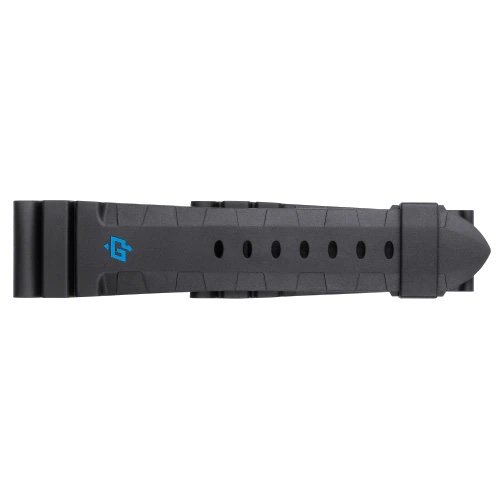
NATO straps:
NATO watch straps are often used on military tool watches or those inspired by aviation roots. Commonly finished with a vibrant striped effect, NATO straps are a great way to add a touch of colour to the wrist. They can be found on budget or high-end watches, but make an affordable alternative to a metal bracelet. Originally created for British soldiers during the 1970s, NATO watch straps give off a retro vibe and are normally crafted from one material type – usually nylon.
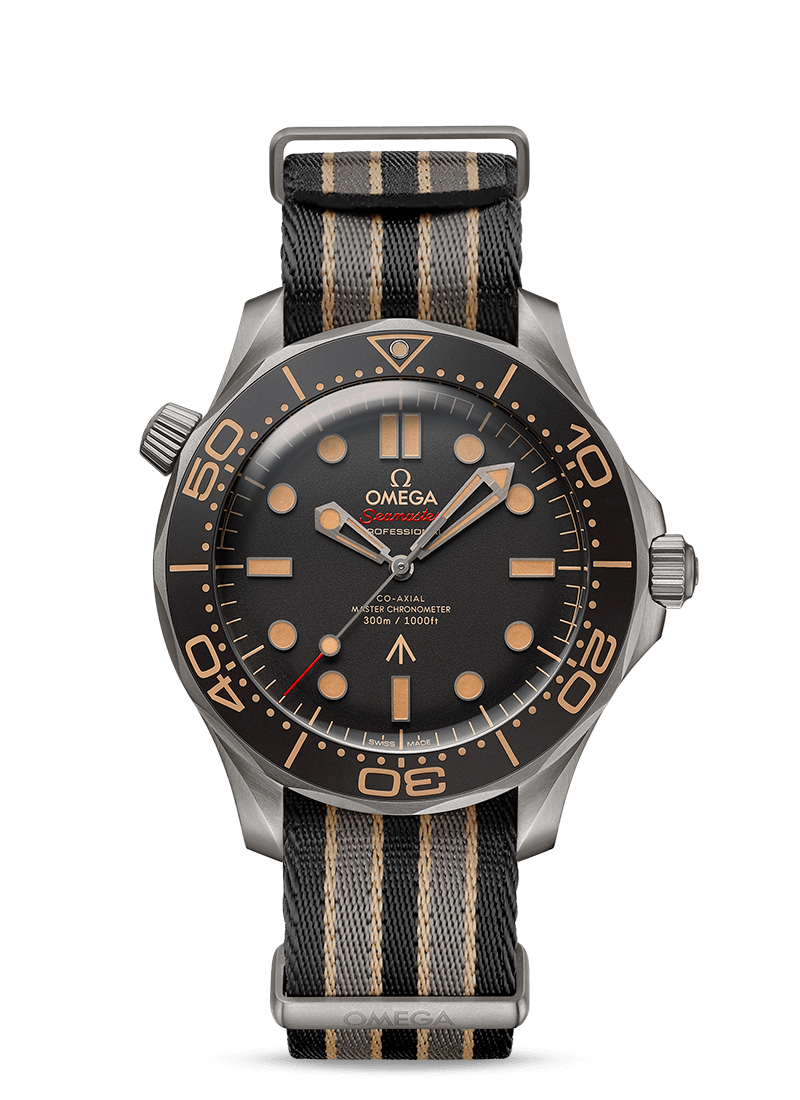
Pin Buckles
Pin buckles on watch straps are the most traditional type and are commonly seen on classically designed wristwatches. Suitable for dress watches and elegant three-handed watches - this kind of buckles is often referred to as a “tang” or “standard buckle”. Many luxury watch brands choose to engrave their pin buckles with their company name on them as a sign of luxury. This kind of watch strap buckle is often manufactured in the same finish as the case.
Jewellery clasps
Jewellery clasps have two main parts, a latch on one side and a hole on the other. Jewellery clasps bring a few advantages – robustness, sturdiness and the ability to adjust the strap for a snug fit against the wrist. Jewellery clasps operate by a latch that enters the whole before the buckle folds over to a snap closure.
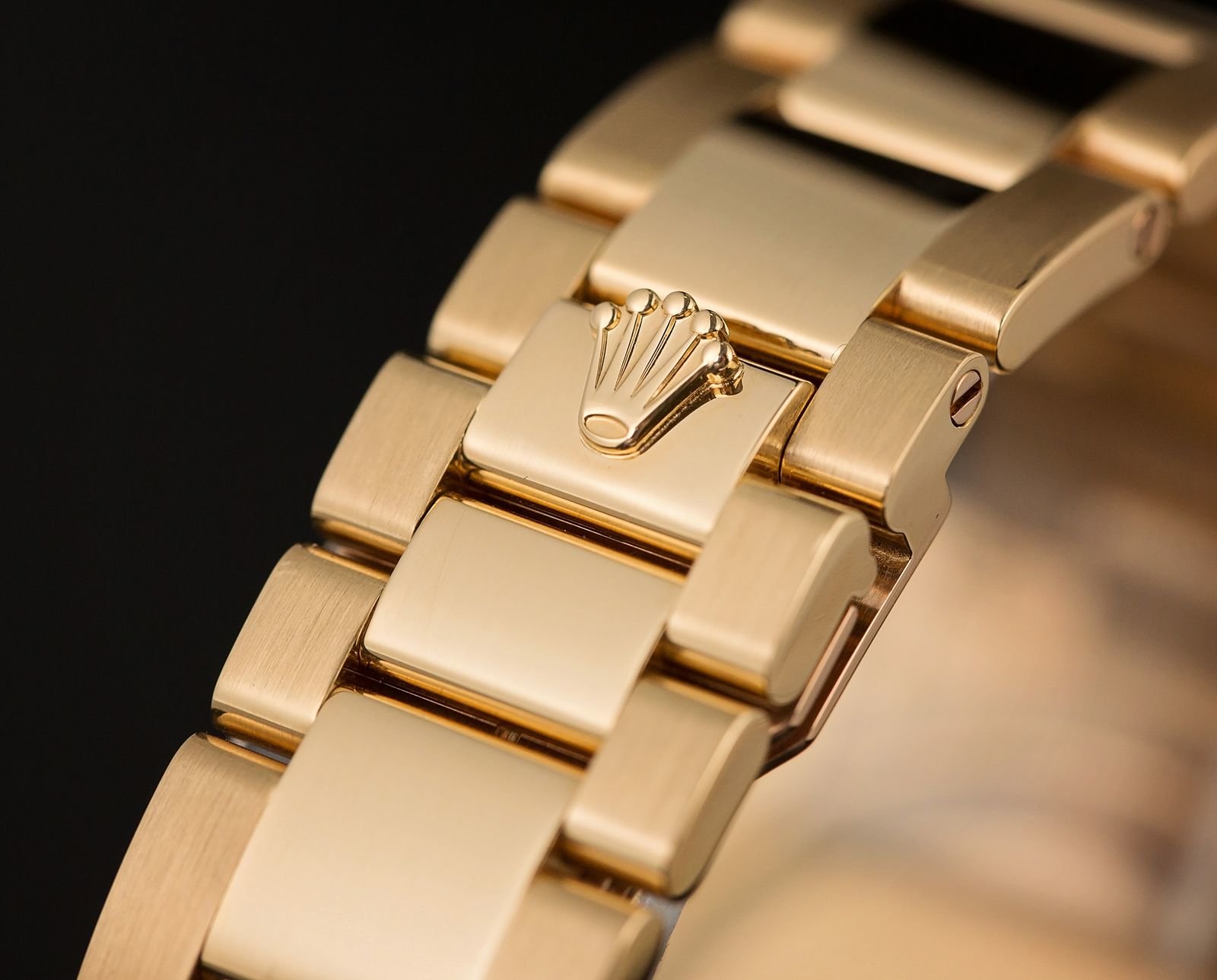
Deployment clasps:
Deployment clasps are one of the most expensive types of watch strap buckle on the market. They are often featured on the straps of high-end luxury watches, engraved with the manufacturer’s logo or emblem. Regular deployment clasps unfold into thirds, locking into place with a hook-style latch. This type of buckle features on metal bracelets and mesh-style bracelets such as the Milanese kind, but can also feature on premium leather bands for a high-end finish against the wrist. The advantage to purchasing a leather strap with a deployment clasp as opposed to a pin buckle type is the extra sturdiness and security that a deployment clasp offers.
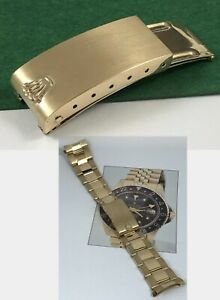
Folding clasp with push buttons:
Folding clasps are the most common type of fastening seen on a metal bracelet. This kind of fastenings goes the extra mile in securing the bracelet into place since many feature a triple folding mechanism equipped with push buttons on the sides. Some collectors do not appreciate the large part of the clasp exposed on top of the bracelet, whilst others think this feature adds to the design. The fold-over clasp may be larger than a deployment clasp but it is one of the safest and secure on the market.
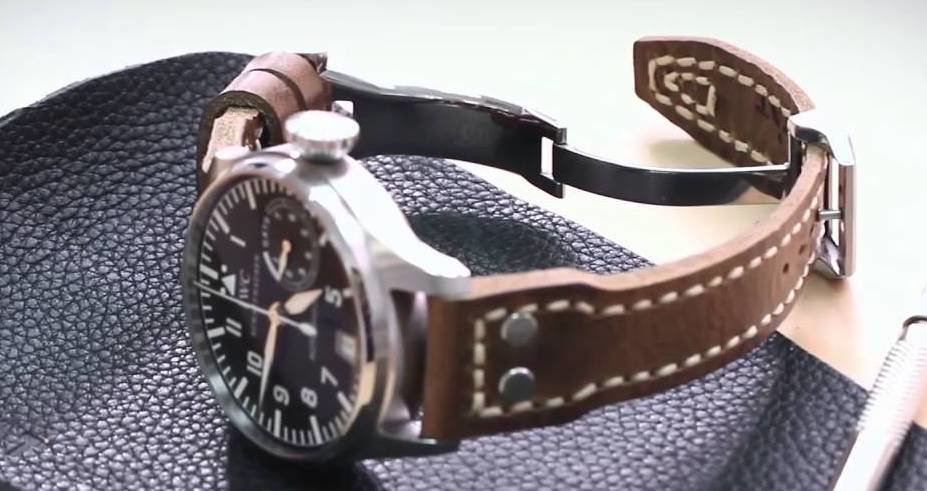
Push-button clasp:
The mechanism at the side of this fastening operates in the same way as its name suggests. The pushbuttons on the side of the clasp are activated and this opens up the mechanism. The style of a push-button clasp can appear less bulky and less invasive on the wrist. It is therefore a preferred option from the deployment and the larger fold-over style. Push-button clasps are easy to operate and more refined. They are also easy and quick to open up and more secure than the deployment clasp.
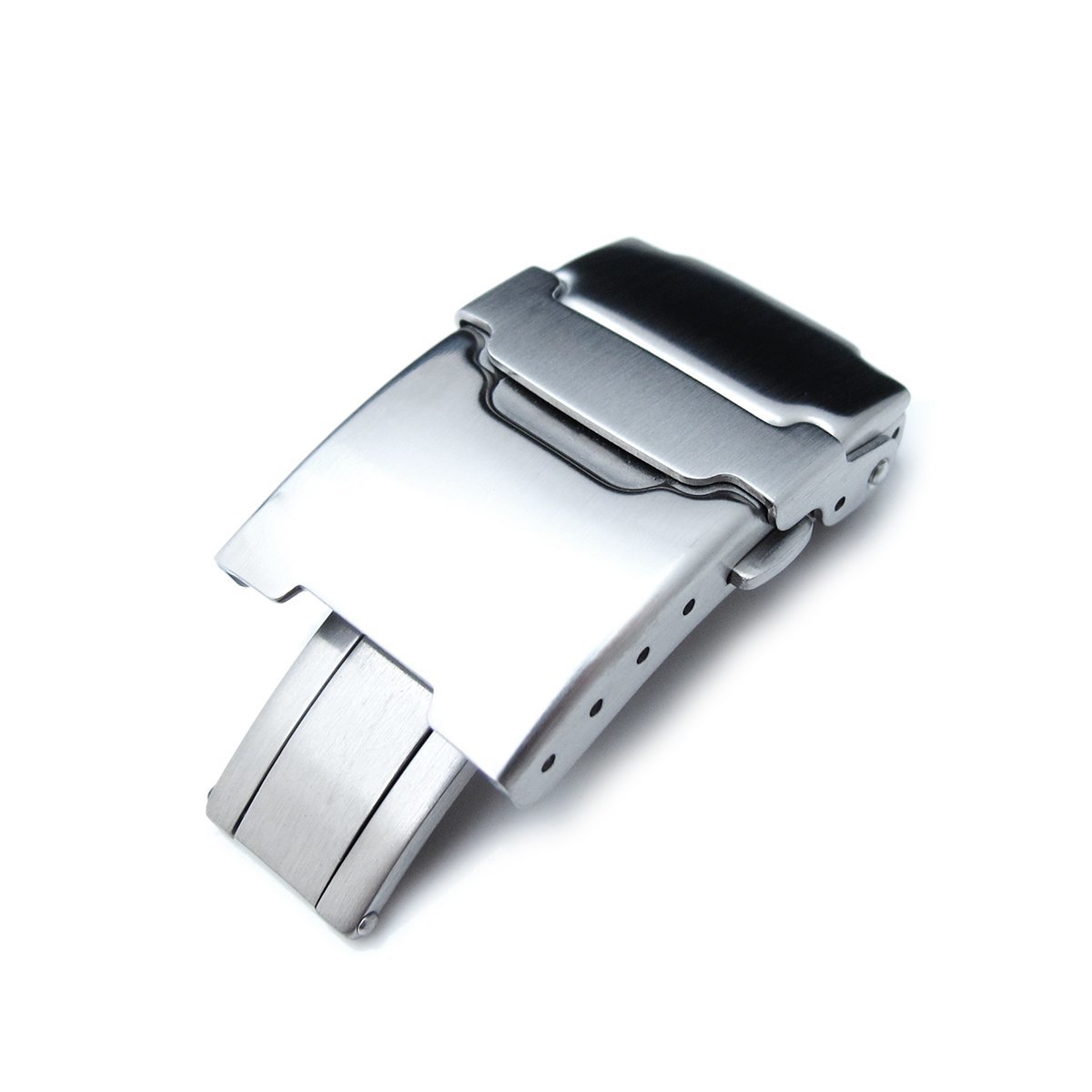
Hidden deployment clasp
The hidden deployment clasp is also known as the butterfly clasp and this provides a completely invisible appearance on a leather band. It is a preferred choice for many who do not much care for the chunky appearance of the larger clasps. Hidden watch strap clasps are also an option for smaller case sizes and those individuals who have slender wrists that do not wish for their wrist to become engulfed by a bulkier design.
Final Thoughts
Hopefully, this guide has provided a clear and simple introduction to the many watch straps available on the market and what style of strap would best suit a particular kind of watch. Although not an extensive guide, these are the most common styles of straps and bracelets for watches. There are, however, many sub-categories to watch straps. Waffle leather bands and double band leather straps, for example, come under the leather strap category, and so it is always worth exploring the different styles in-depth before choosing which straps or bracelets would complement your watch collection best.